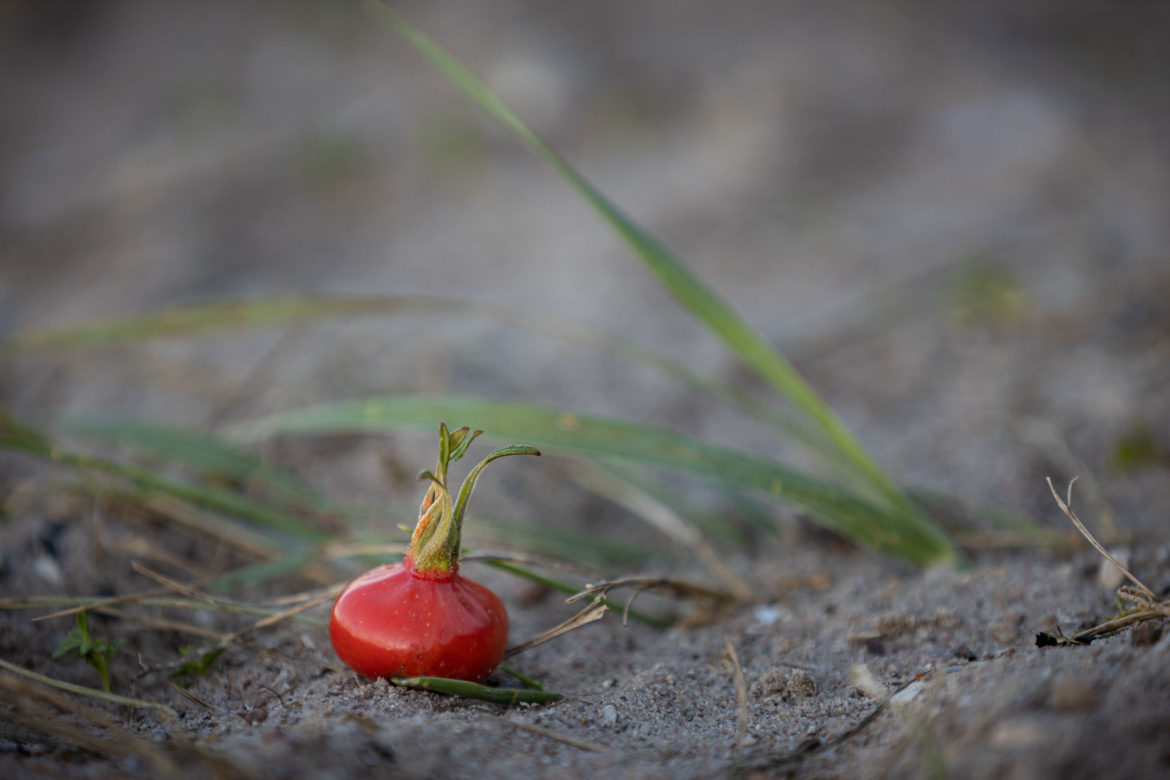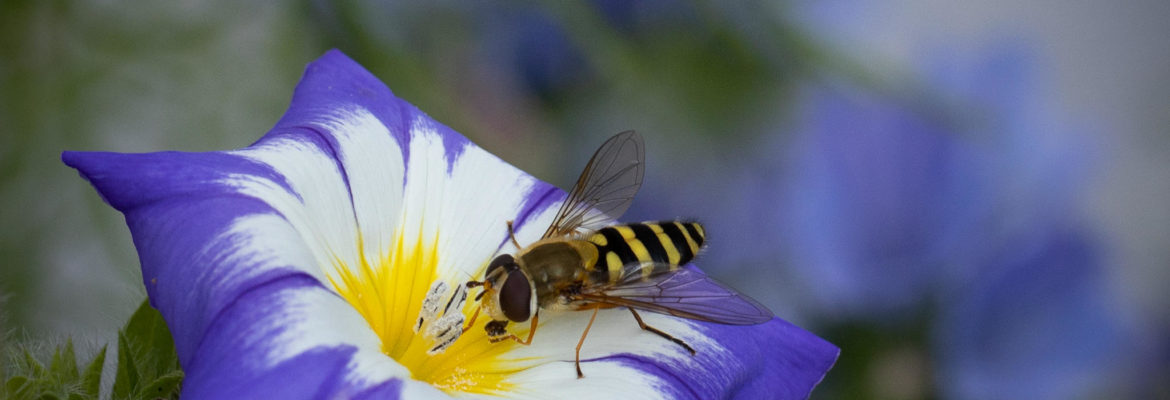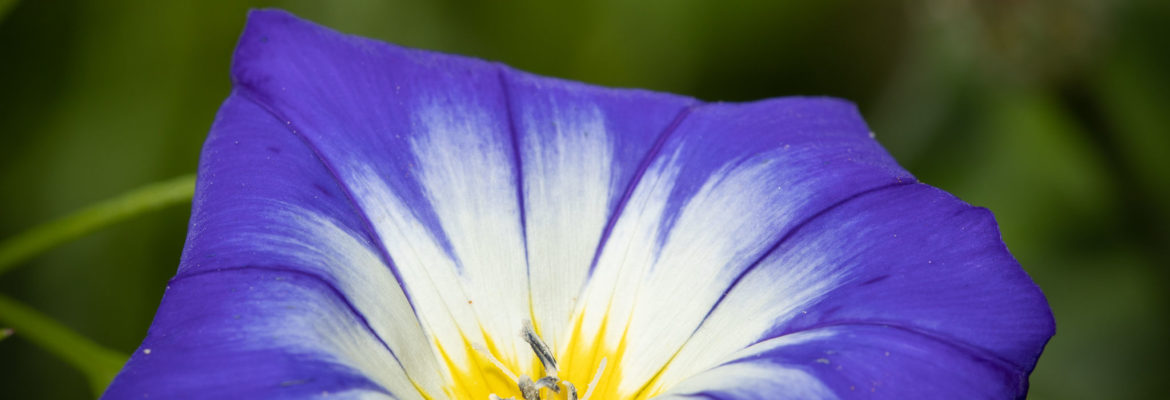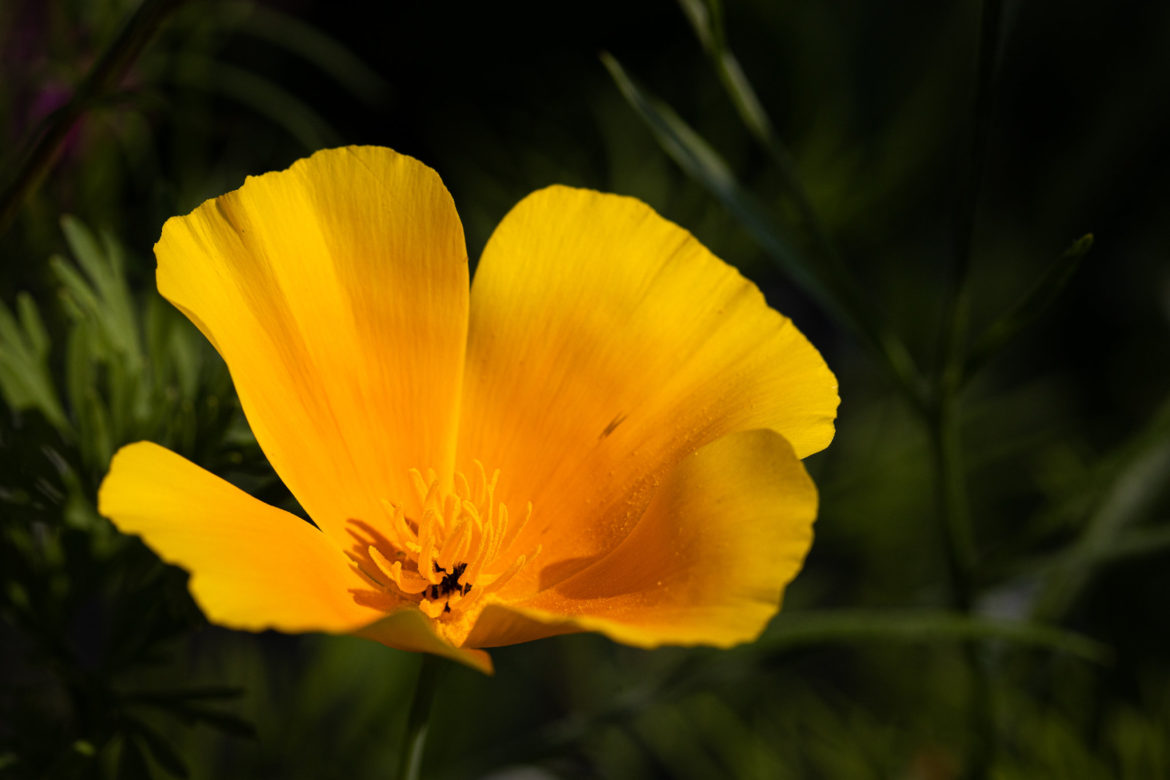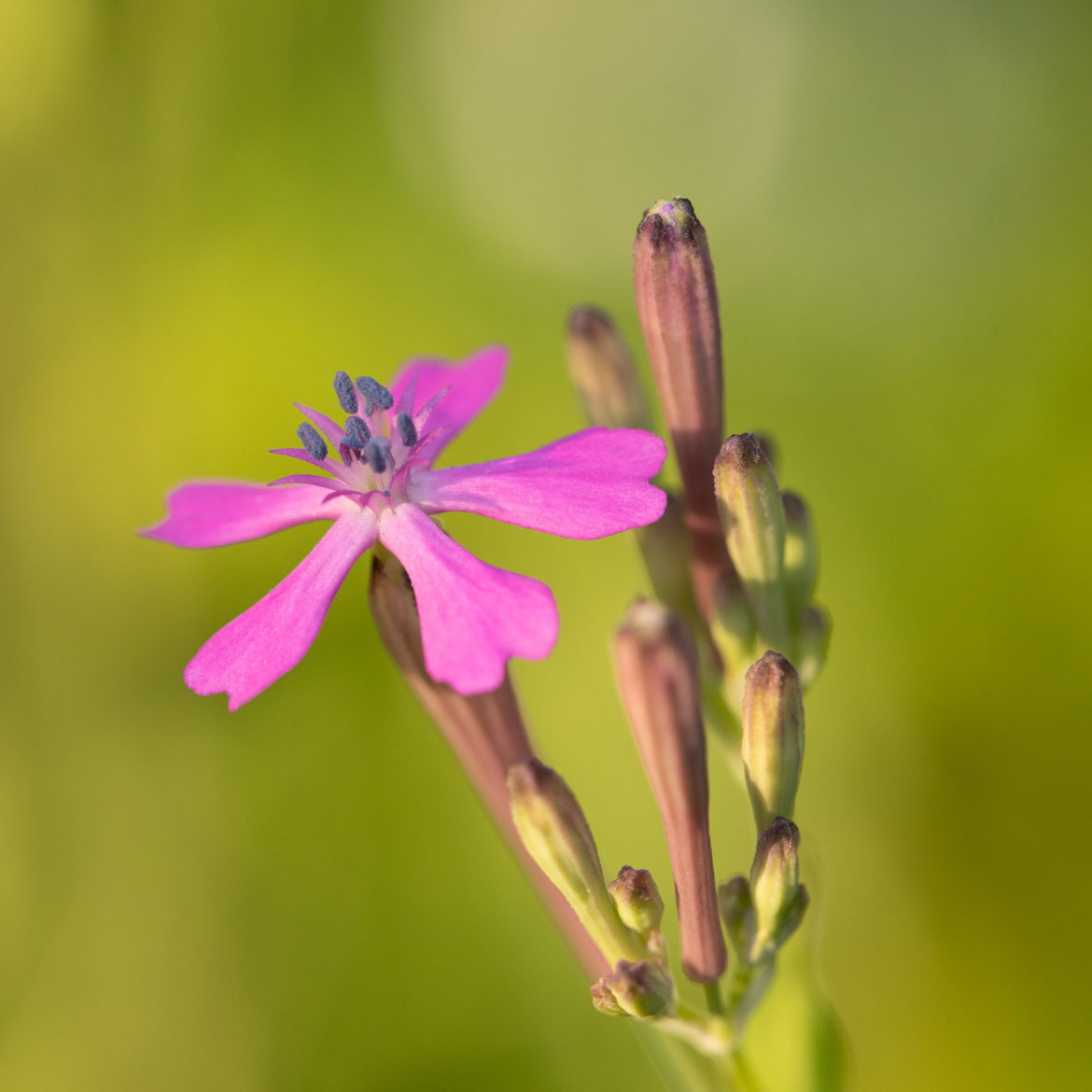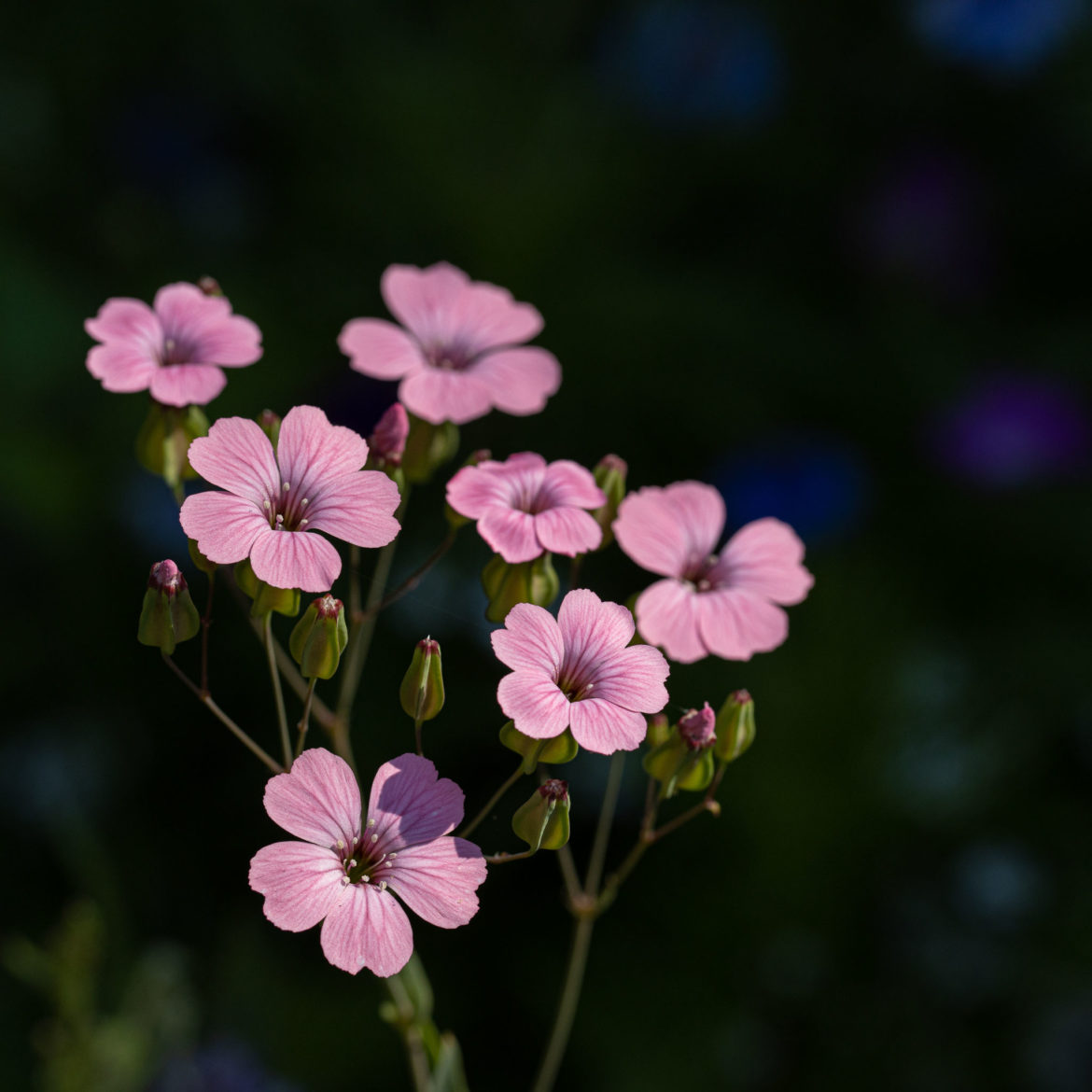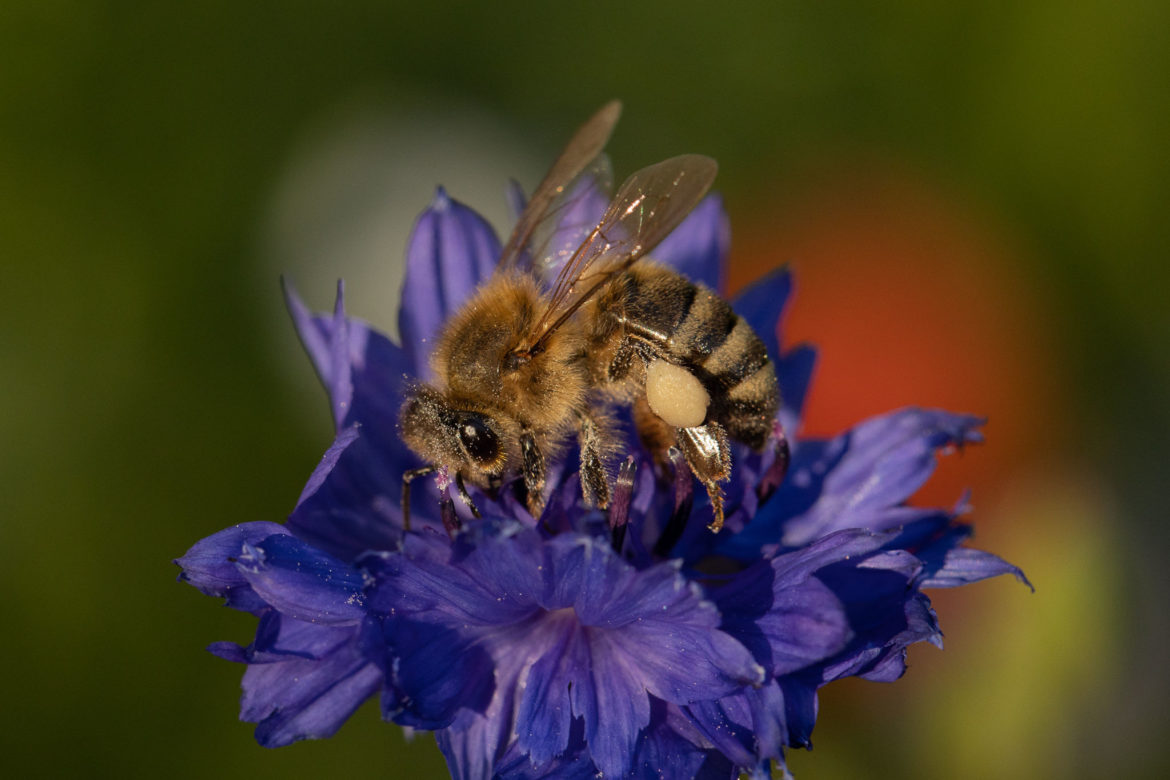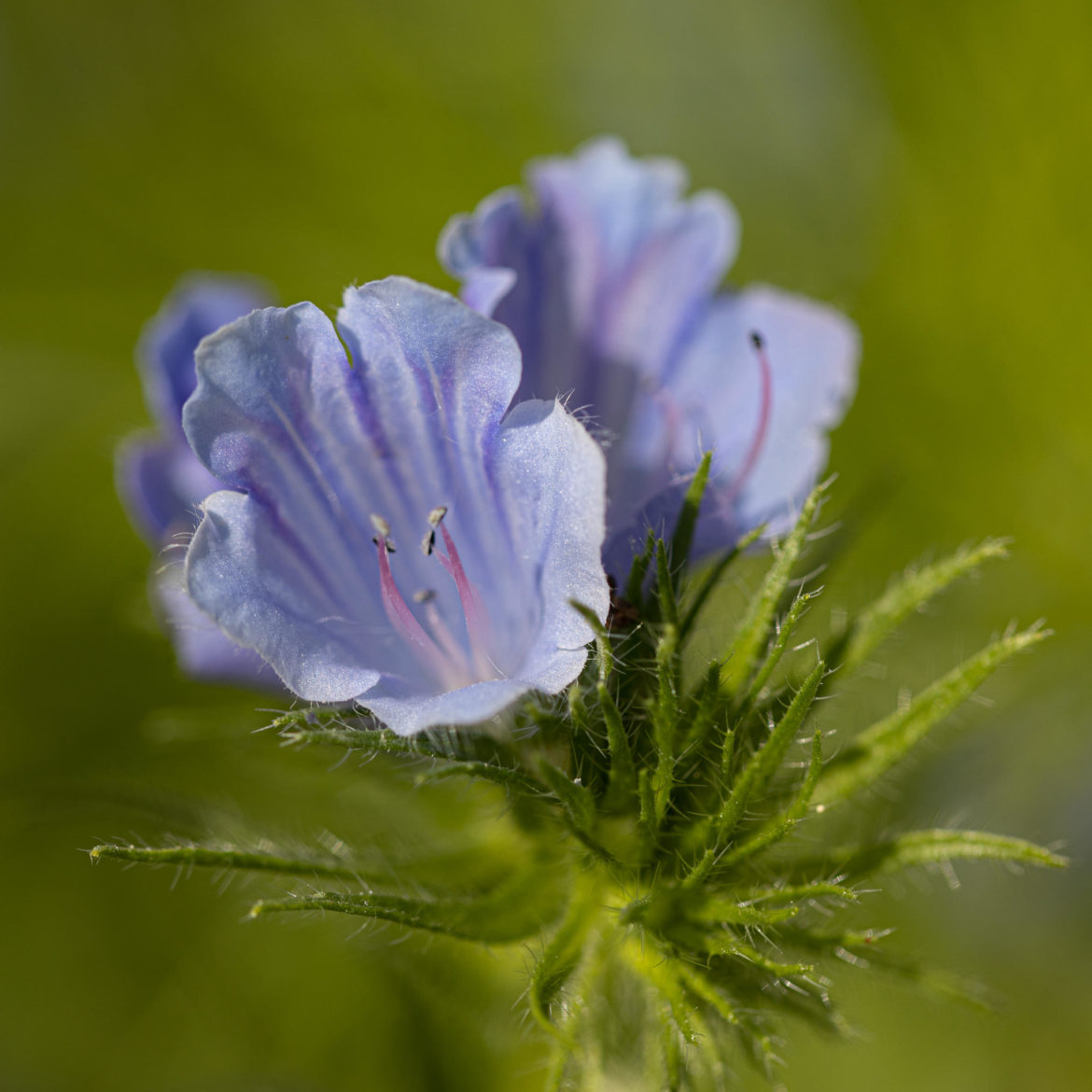The flowering period of these plants, which are particularly popular with bees, is from May to October. Their special feature is the widely protruding stamens, which are sometimes used by bees as a land help. In our garden, the Blue Viper’s Head is one of the many flowers in the bee pasture, which we have planted on approx. 12 sqm at the end of the property.
Since we planted them quite late this year, the plants did not start to bloom until July. But since then there is a lot of activity in the bee pasture during the day. Many species of wild bees, ground bumblebees and also honey bees can be found here. I have brought some pictures with wild bees in the Blue Viper’s Head here, if you look closely you can see on picture 0028 how the bee lies on the stamens: read more or write a comment …
